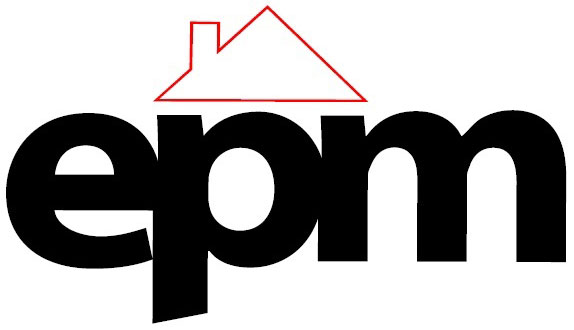When it gets to this time of year and the temperatures drop, frozen condensate pipes can be an unfortunate occurrence for any home. When the pipes freeze, it can often cause blockages as a result of your boiler experiencing condensation not being able to escape.
Luckily, it’s an easy problem to put right. Here’s our top tips on how to remedy the issue:
- Check it is a frozen condensate pipe – the error code “EA” showing on your boiler or gurgling and bubbling sounds from it are key signs your condensate pipe has frozen.
- Identify the blockage – it’s most likely the pipe will be frozen at its most exposed point (the open ends or bends). Simply running your hands over the exposed part of the pipe and finding the section that feels colder than the rest should help identify where the issue lies.
- Use warm water to unfreeze the pipe – it’s super important for this part not to use boiling water but only warm water, as using boiling water could potentially cause the pipe to crack from the extreme difference in temperatures. If you’re using water from a kettle, let it cool down for at least 15 minutes. To unfreeze the pipe, fill a jug with warm water and slowly pour this over the length of the pipe, repeating the process until the pipe thaws.
- Restart the boiler – once you’re sure the frozen section has been thawed, restart your boiler following the instructions in your boiler manual.
- All good to go! Your boiler should be back up and running, but if not, it can be because sometimes it takes a few attempts of restarting your boiler to get it going properly.
Extra tip
If your condensate pipe isn’t already insulated, it is a good idea to wrap it in some extra towels to prevent it from freezing again immediately and then when you get chance, head to your local hardware store to grab some pipe insulation or give a member of our team a call to come out and insulate your pipes for you.

